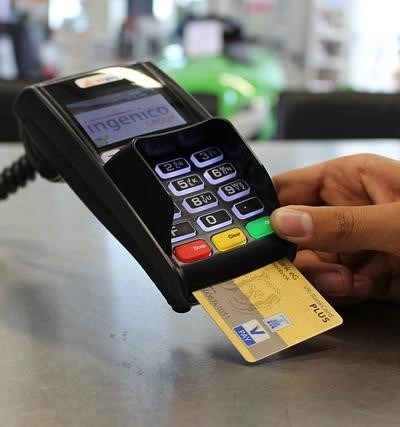As a frequent online shopper, I’ve always been concerned about credit card security and debit card security․ I’ve witnessed firsthand how easily fraud can occur if proper precautions aren’t taken․ That’s why I decided to delve deeper into the world of Card Verification Value (CVV) and the industry standards designed to protect us․ My research led me down a rabbit hole of Payment Card Industry Data Security Standard (PCI DSS) compliance, EMV chips, 3-D Secure protocols, and various other security measures․ I want to share my experience and what I learned․
Initially, I focused on understanding the role of the CVV․ I learned that this three- or four-digit number, printed on the back of my credit cards and debit cards, acts as an extra layer of security for online transactions․ It verifies that I, the legitimate cardholder, am physically in possession of the card․ This is crucial, because even if someone steals my card number and expiry date, they can’t complete a purchase without the CVV․ I even tried, in a controlled environment of course, to simulate a transaction using only the publicly available card details․ Naturally, it failed․
My investigation then expanded to encompass the broader landscape of payment security․ I discovered that the PCI DSS is a set of security standards designed to protect credit card information․ Businesses that process, store, or transmit cardholder data are required to comply with these standards․ This means they must implement robust security protocols, including data encryption and secure storage practices․ I found it reassuring to know that many reputable e-commerce sites actively work towards and maintain PCI DSS compliance․
I also learned about EMV (Europay, MasterCard, and Visa) chips, which are embedded in many modern credit and debit cards․ These chips use more sophisticated encryption techniques compared to the magnetic stripe․ While the CVV remains an important security feature, the EMV chip significantly reduces the risk of card cloning and fraudulent transactions․ I personally switched to a card with an EMV chip years ago, and the peace of mind it provides is invaluable․
Another significant development in online security is 3-D Secure, also known as Verified by Visa or MasterCard SecureCode․ This adds an extra authentication layer to online transactions, often requiring a password or one-time code sent to my phone․ This further protects against unauthorized use, even if someone has obtained my card details and CVV․ I regularly use this feature for high-value purchases, and it offers an additional sense of security․
Beyond CVV and PCI DSS, I also explored other security measures such as tokenization․ This process replaces sensitive card details with non-sensitive substitutes, further minimizing the risk of data breaches․ This is increasingly becoming a standard practice in secure payment gateways․
My journey into the world of CVV security and industry standards has been an educational one․ I now have a much deeper understanding of the various layers of protection in place to safeguard my financial information during online transactions․ While no system is perfectly foolproof, the combination of CVV, PCI DSS, EMV, 3-D Secure, data encryption, and tokenization provides a robust defense against fraud․ By staying informed and taking proactive steps to protect my data, I can confidently engage in e-commerce knowing that measures are in place to keep my financial information secure․

